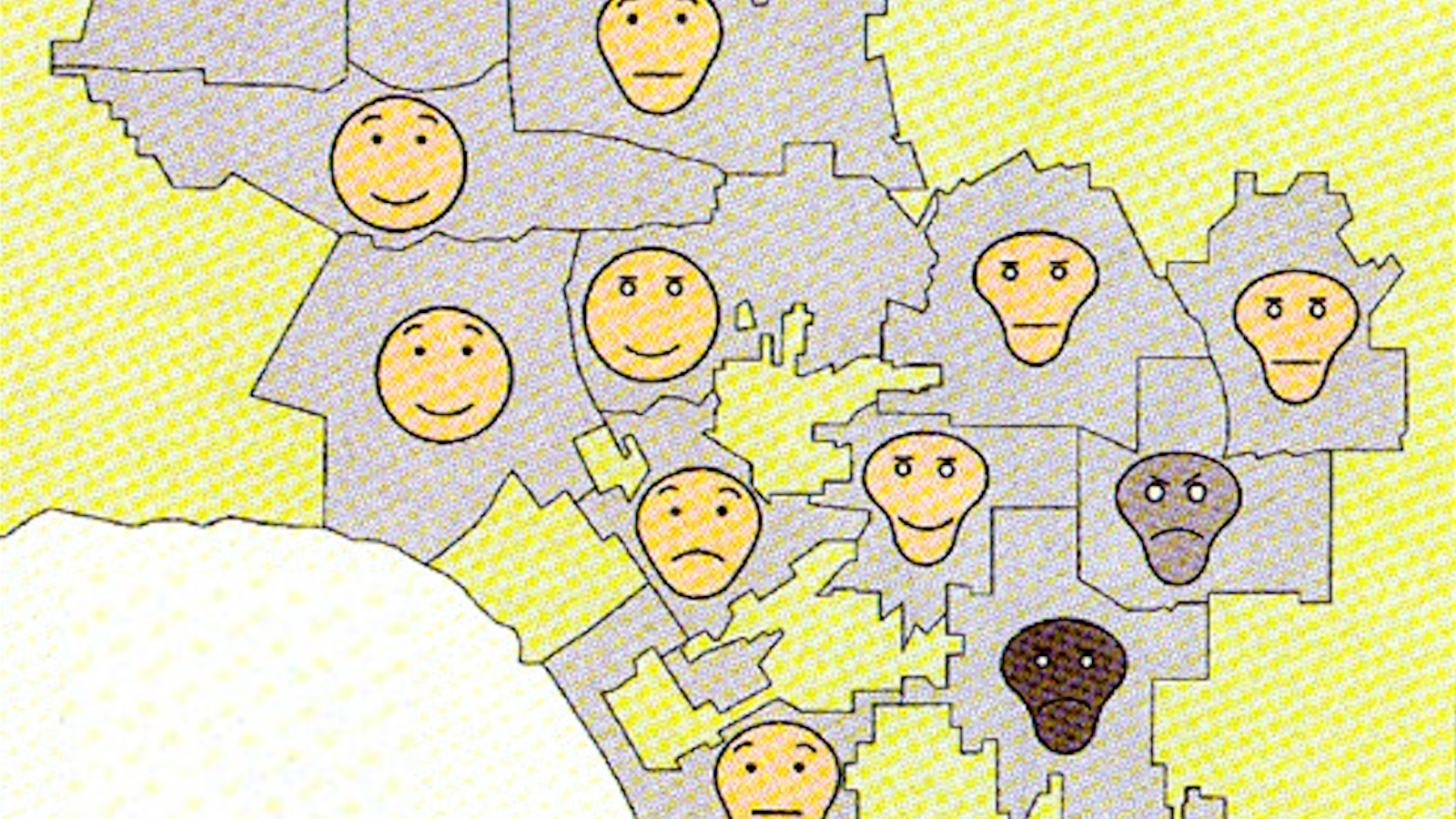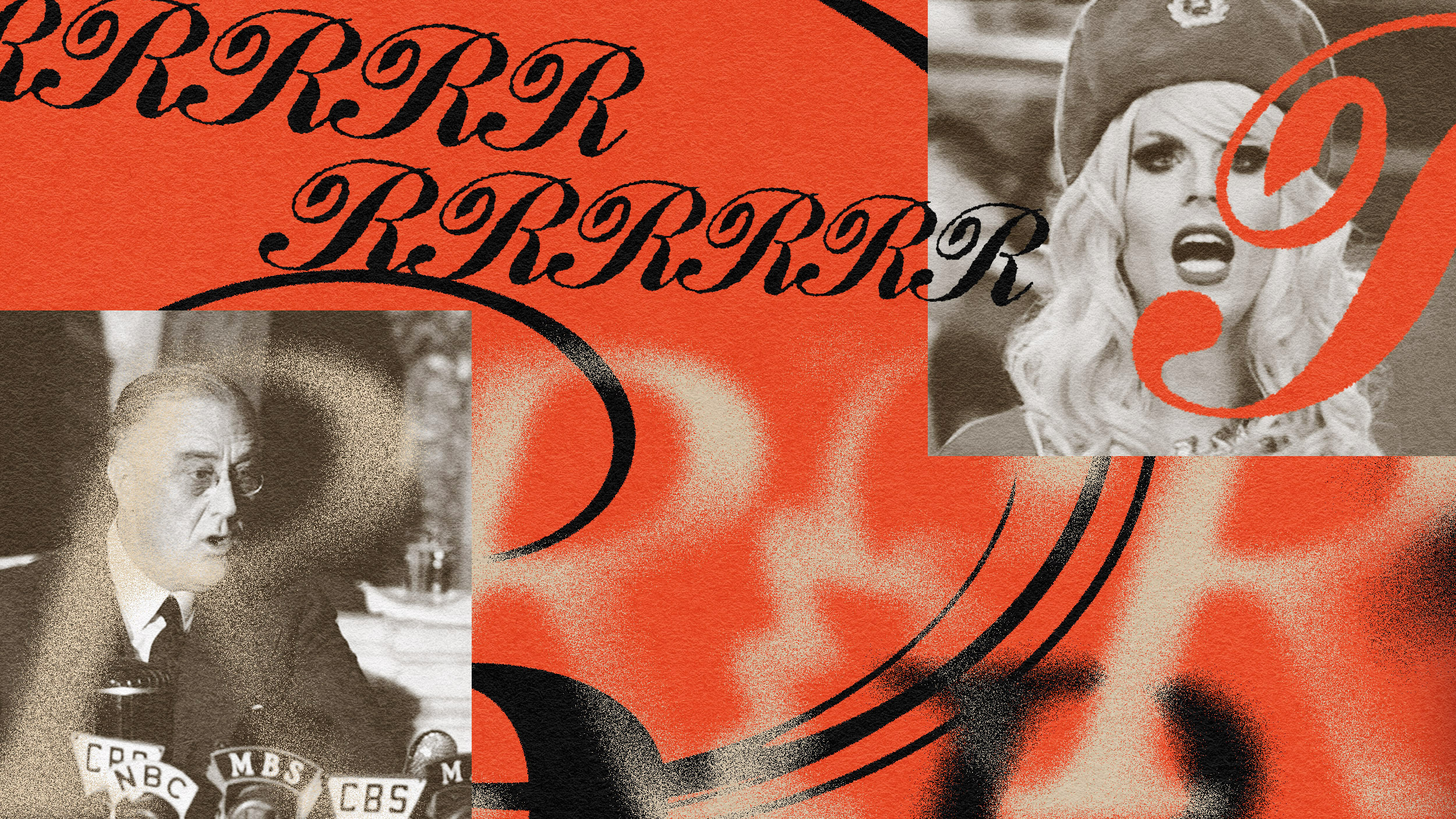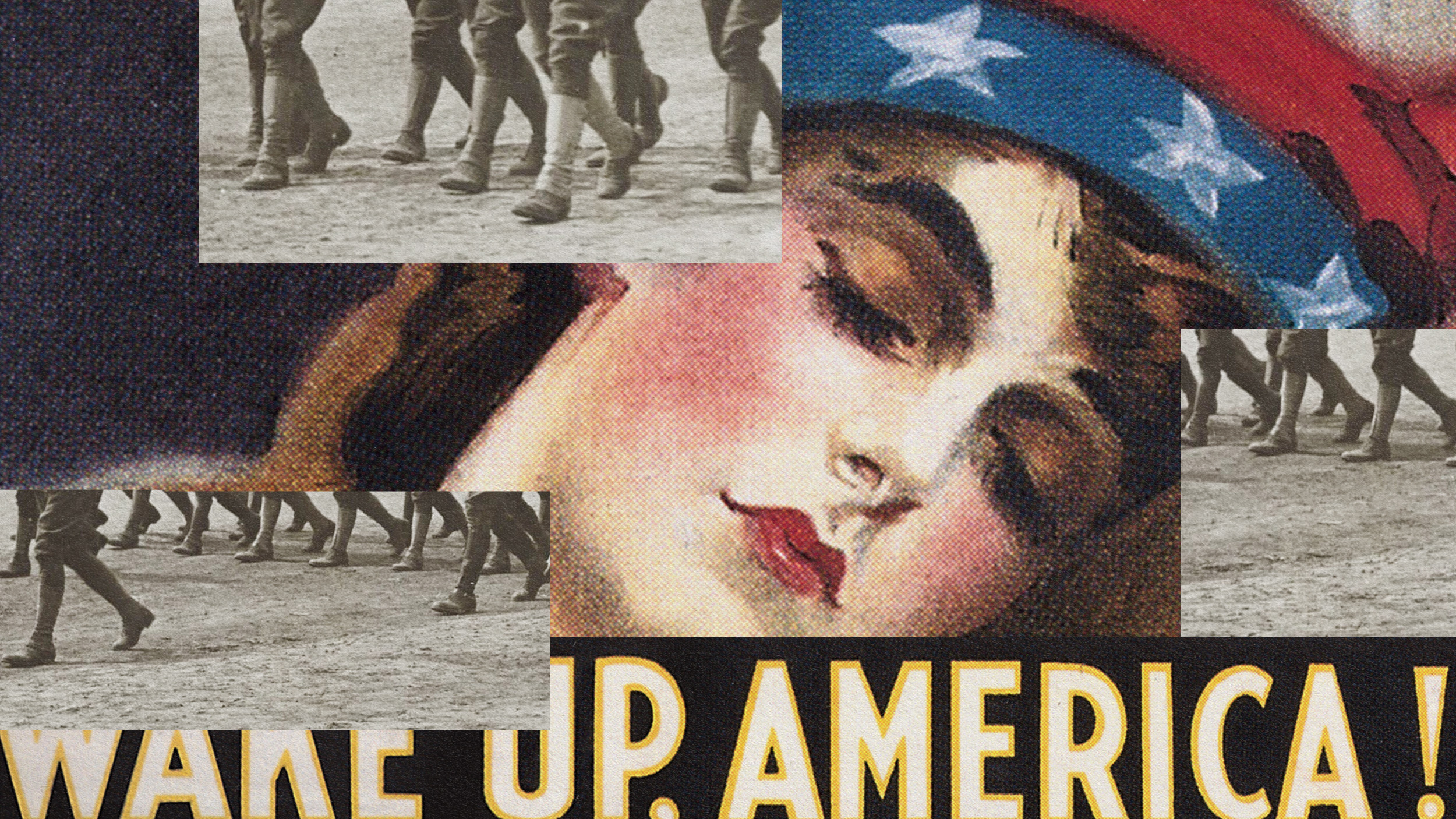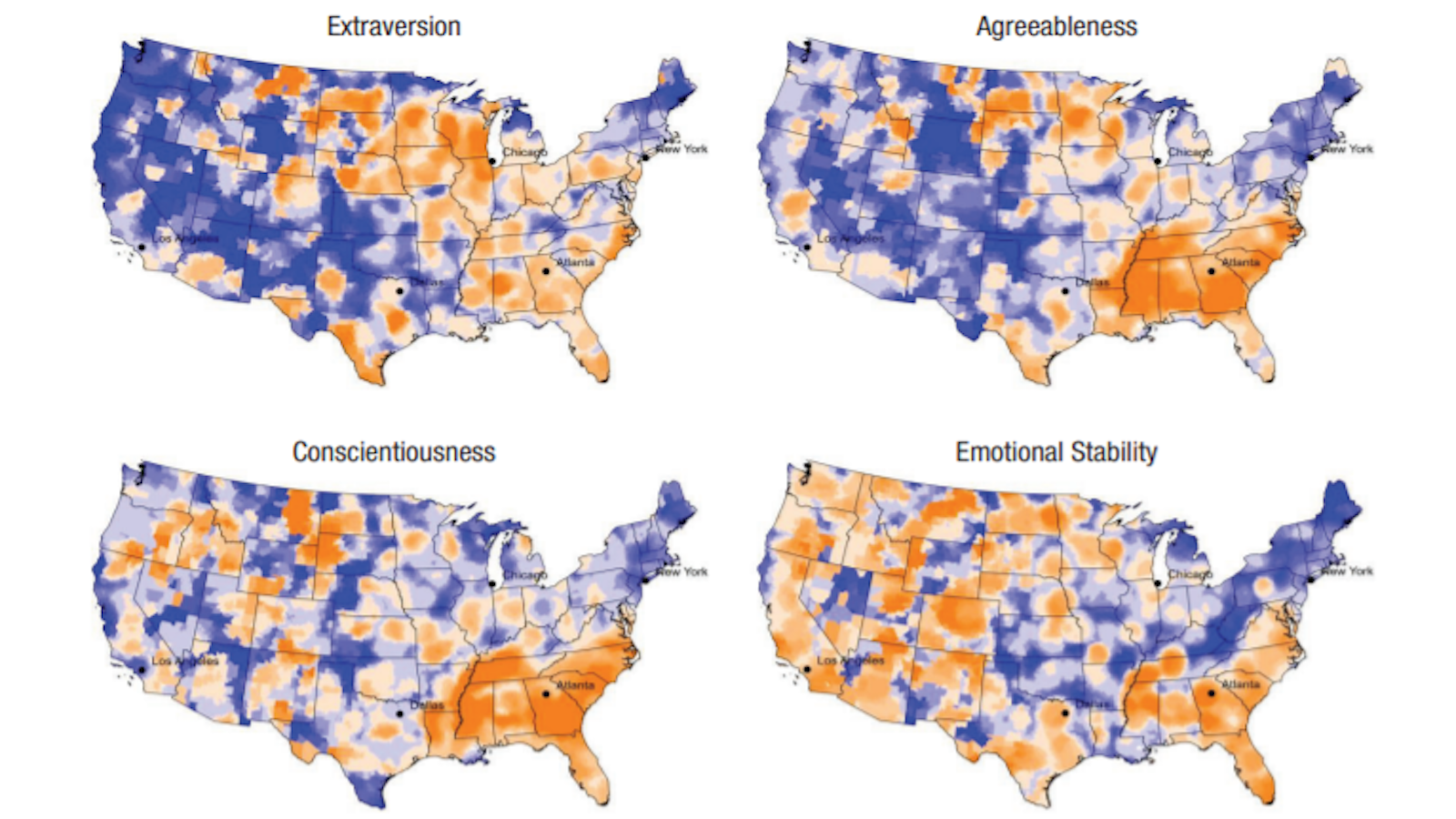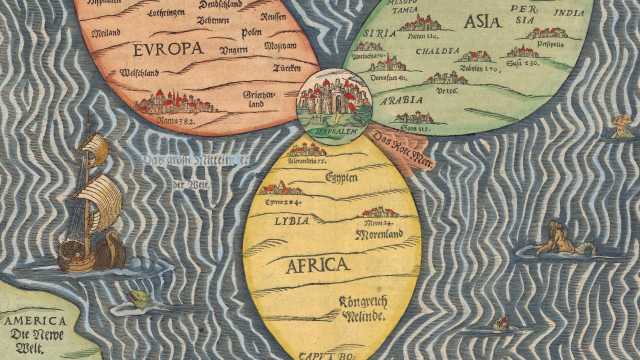97 – Where (and How) Evolution Is Taught In the US

Scientists generally accept the theory of evolution as the back-story of how animal species (including humans) came into being over a period of several billion years. Religious literalists maintain their belief in creation, as laid down in the Bible: God made the earth and all that is on it (including humans, after His own image) in one week, a couple of thousand years ago.
These are the extreme positions in a debate that has been raging for years now in the United States, and more particularly in the school system. Since each state can determine what should be in the local schools’ curriculum, the teaching of evolution and/or creation differs throughout the country. Yet contrary to what one might think, it’s not so that creation is taught in the Bible Belt states (in the South), and evolution in more liberal states (everywhere else).
This map is taken here from the website Science Against Evolution, which quite cleverly tries to win the debate for creation by arguing that the theory of evolution itself has been discredited by scientific evidence and by numerous scientists. However, the map is drawn up by a proponent of evolution, as can be deduced from the remarks on the map and even its colours (green is good, red is bad).
Green indicates that evolution theory is taught in a ‘very good/excellent’ way. These states include the liberal states of
But also a Midwestern, more conservative state such as
and even two southern states with a reputation for religiosity:
Yellow indicates indicates where evolution is taught in a ‘satisfactory/good’ manner. This includes the majority of states, from the north and west not usually included in the Bible Belt, such as
Similarly, the colour red, indicating where the teaching of evolution is’ unsatisfactory, useless or absent’, is spread out across the entire country, not just in the South:
The map first appeared in 2002 in Scientific American, and was based on data collected by Lawrence S. Lerner of California State University at Long Beach.

